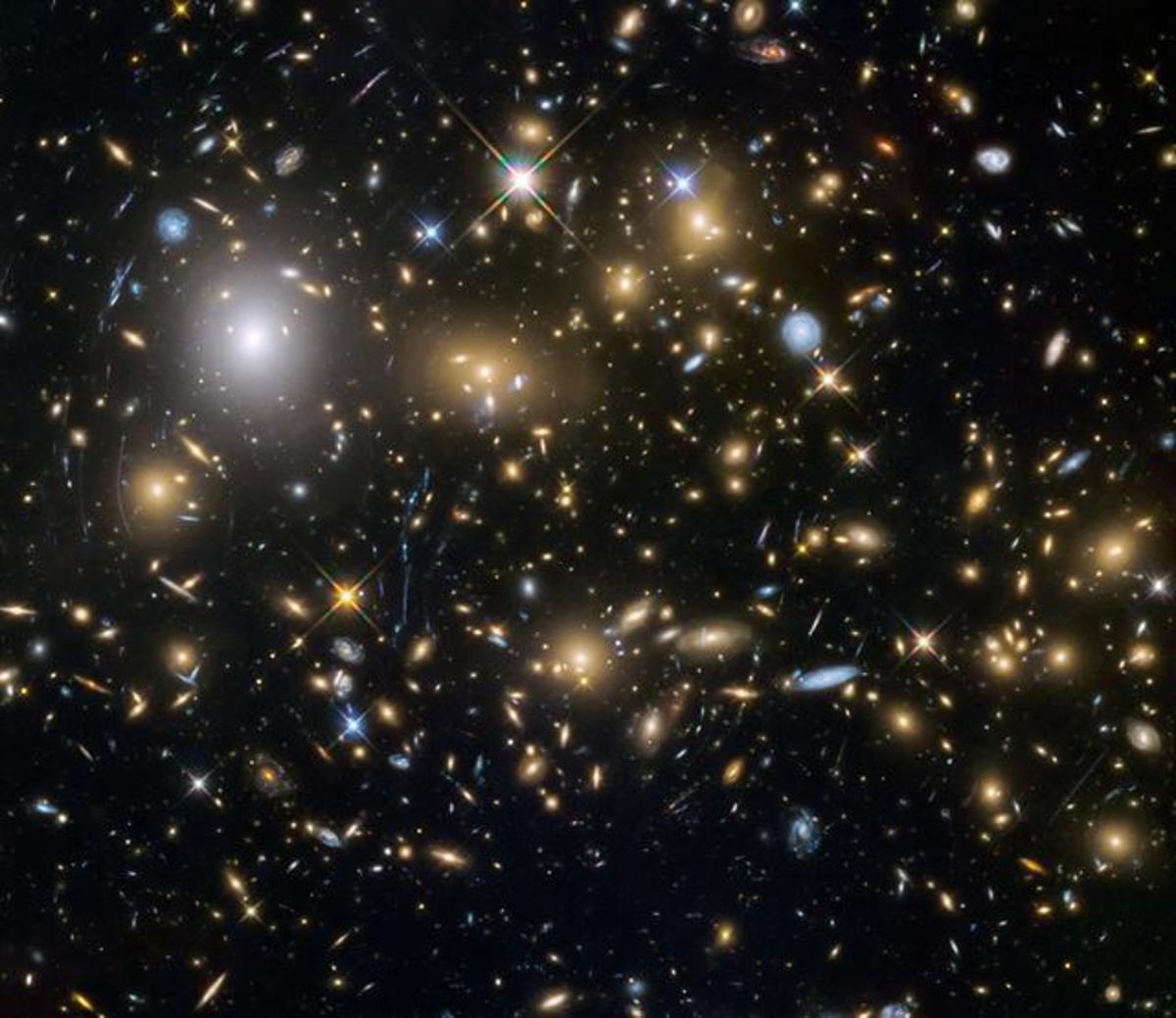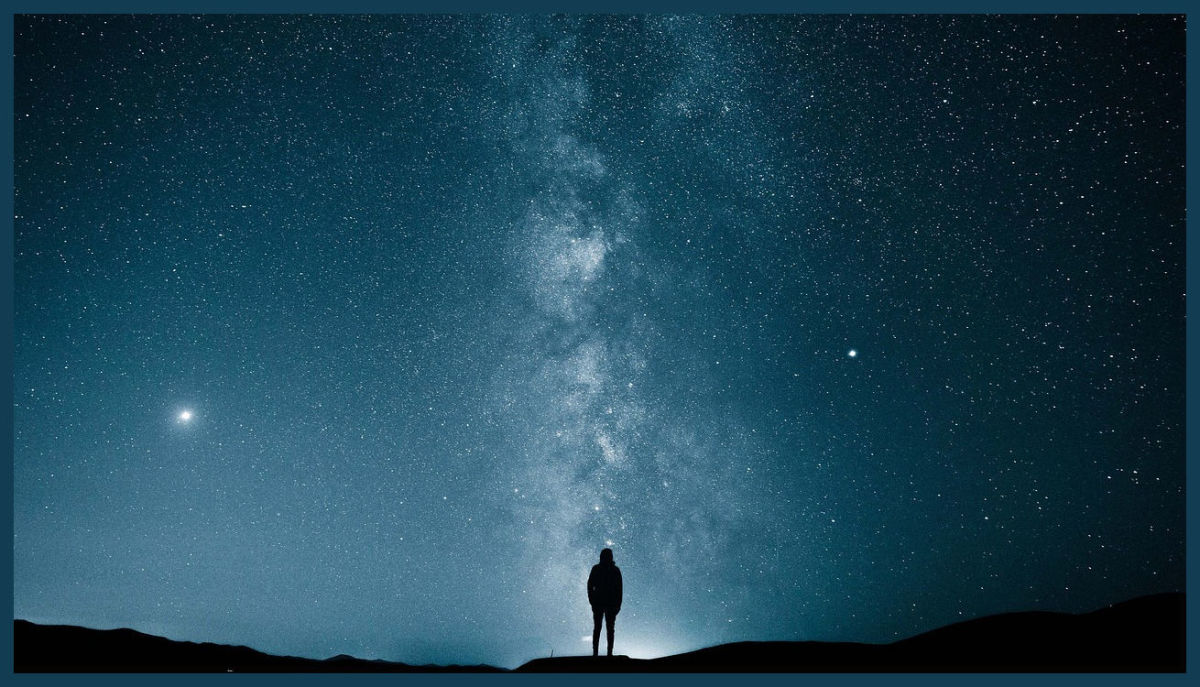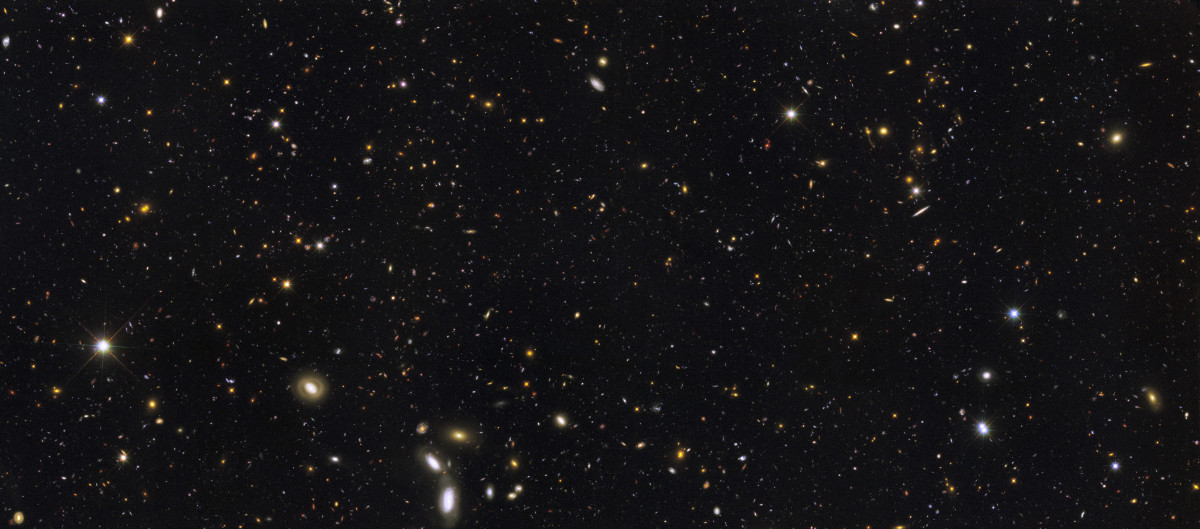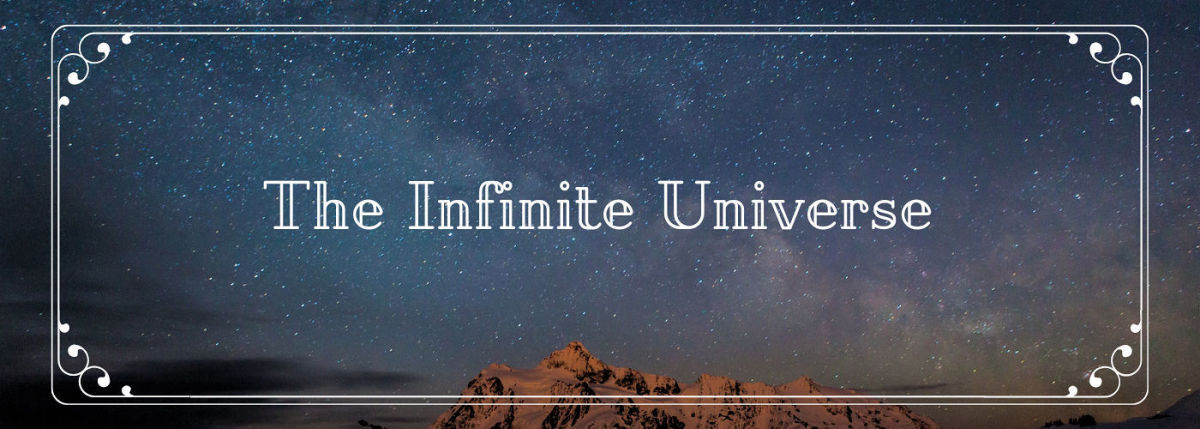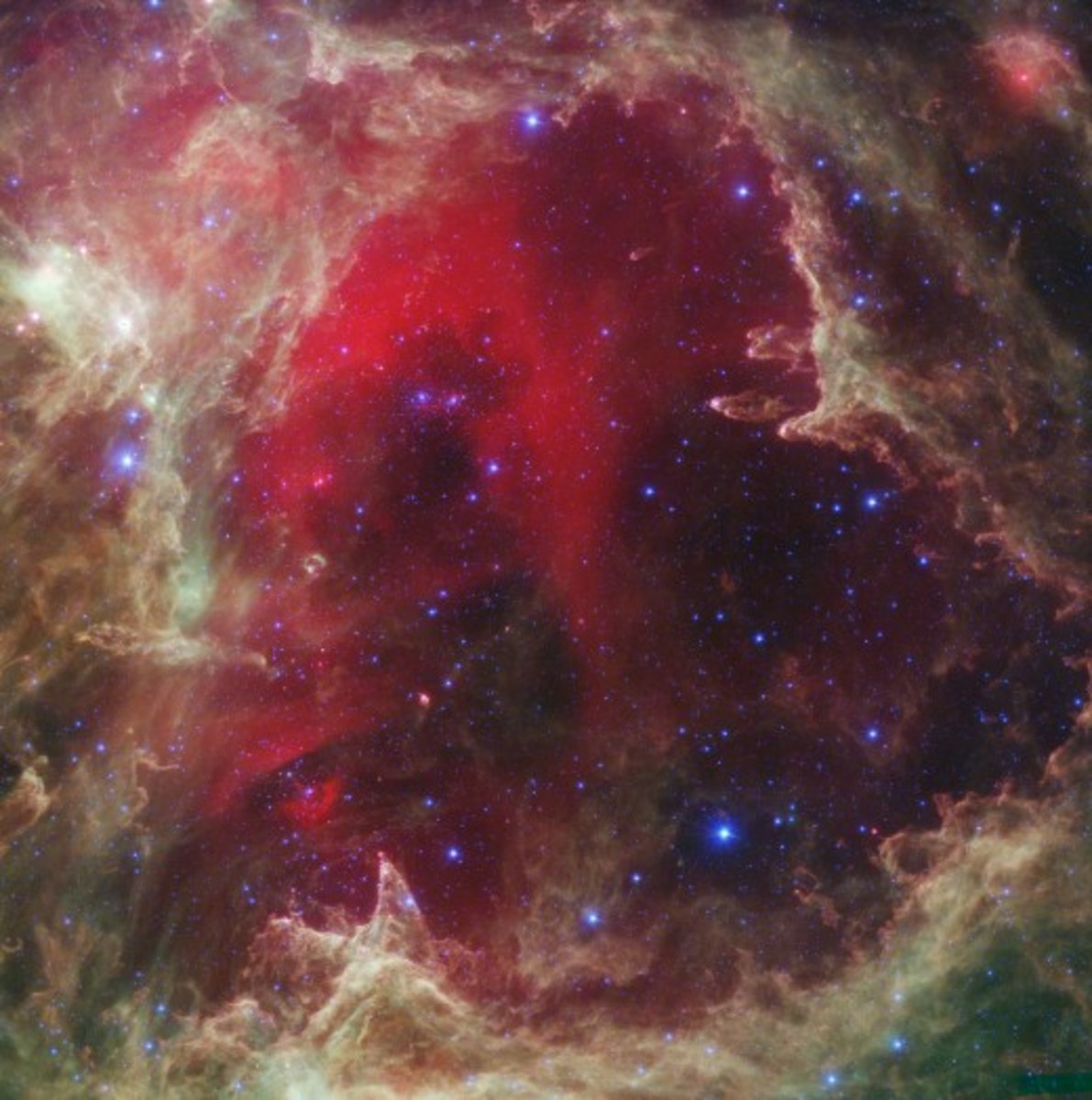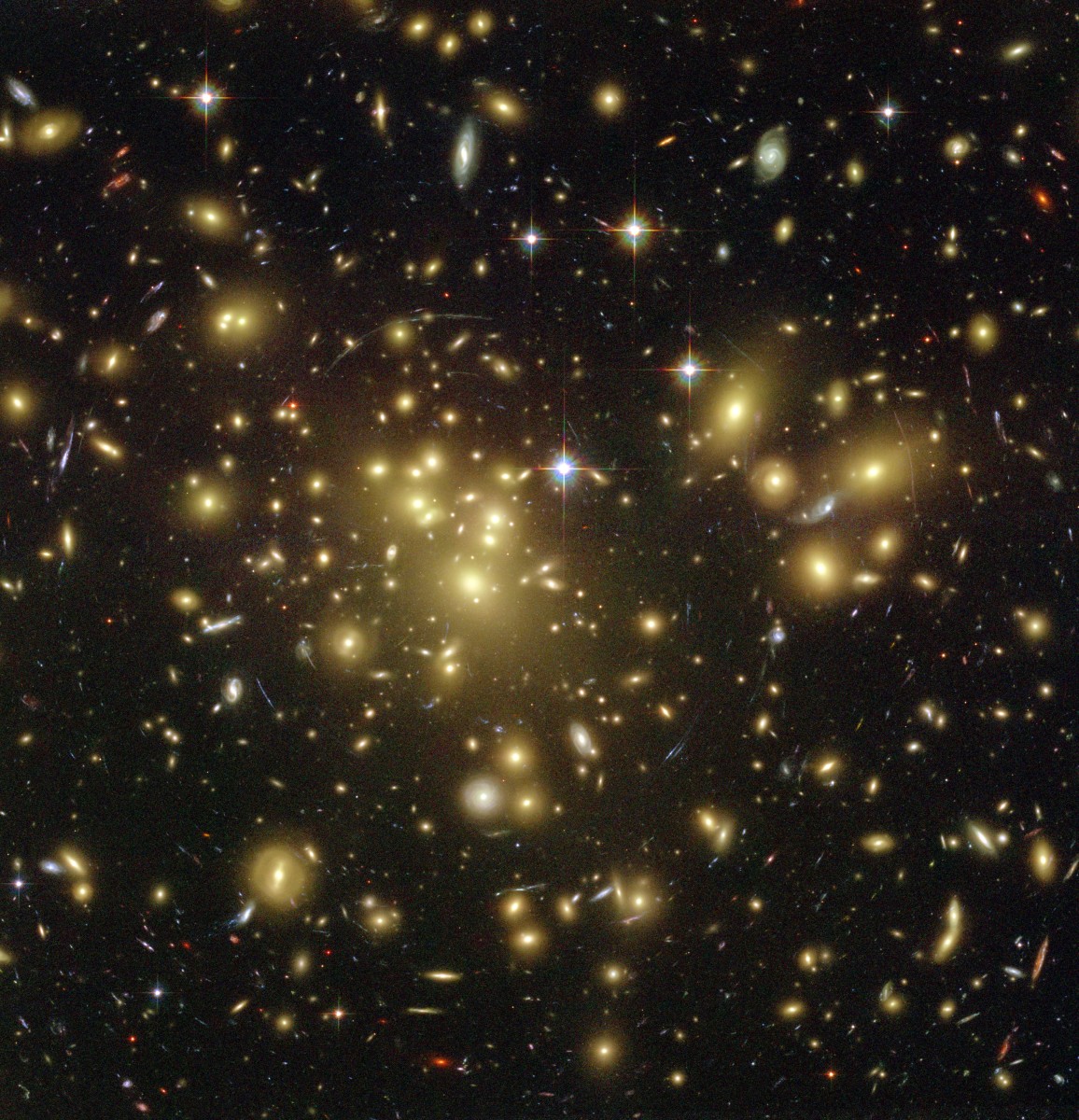Where Is The Limit of the Universe
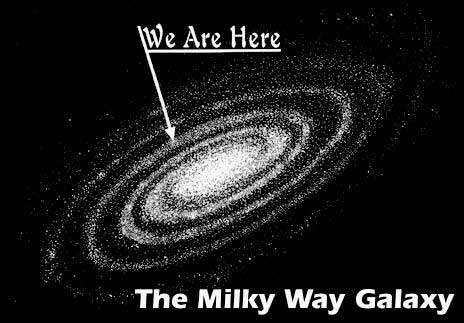

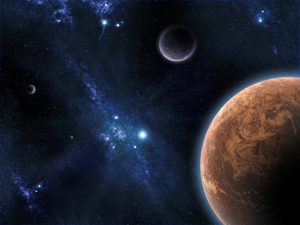
Taking it as given that the big bang theory of the universe is broadly correct, the universe is expanding. Searching for images to help us visualize what is happening, scientists have come up with the example of an inflating balloon but the analogy is problematic. A balloon has a limit that separates the air inside from the air outside, but there is nothing outside the universe. That doesn't mean that there is noting in that realm beyond our universe. It means that the phrase beyond our universe is meaningless. The idea of a limit in the sense of a boundary,supposes that there is an outside and an inside to be separated, but there is not outside,so there can be no boundary.
A Limited Extent
Nonetheless ,it is reasonable to ask how far is this expanding universe has expanded. We know that the universe has existed for 13.7 billion years and we know that the fastest anything can travel is the speed of light. The distance that light travels in a year is called a Light-Year , so it might be reasonable to suppose that the maximum radius of the universe is 13.7 billion years..but no. There are two things wrong with that calculation. First, there is no central point from which the radius of the universe can be measured, because of the big bang theory was not like a bomb going off at a point in space. And second, as we learned when discussing space and time, matter is not moving through space in this expanding universe - space itself is expanding and it can do so at a speed that moves galaxies apart faster than the speed of light. The latest to estimate for the distance across the universe is 156 billion light-years!
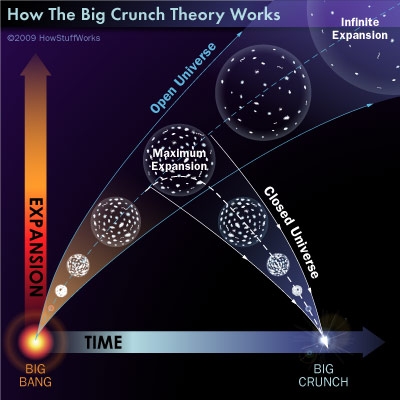
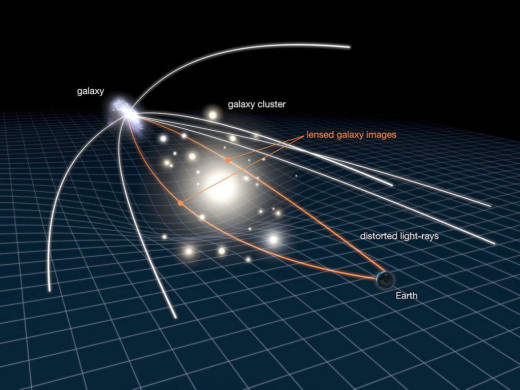
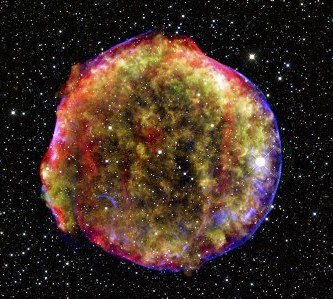
The Shape of Things to Come
As the universe expands, it does so in opposition to the attractive force of gravity. It was therefore thought that the expansion must gradually slow down and that eventually gravity would take the upper hand , the universe would contract, and everything condensed into a big crunch, returning to a singularity. It might then go bang again, in a scenario that has been called big bounce, although the chances that all chips would fall the same way -that all the particles and forces would be identical to those in the universe - would be infinitely small. However, that was before it was discovered that the rate of expansion is increasing..which brings us to dark matter and dark energy.
- Einstein recognized that if gravity bends light, celestial bodies could act as lenses, magnifying more distant objects. This phenomenon is now being used to locate the dense masses of dark matter, as these act as lenses in place where no matter can be seen.
The Dark Component
Imagine that not all mater is what we know is matter. Imagine that there's another kind ,the presence of which can only be inferred from unexplained gravitational effects. Well, it seems that this may be the case. This hypothetical invisible matter has been called dark matter, and there may even be more of it than there is ordinary matter. What's more, space maybe filled with a corresponding dark energy that is evenly spread throughout the universe. This would explain why the universe's expansion is accelerating than slowing - it is being powered by dark energy.
How Does It End
If the dark energy hypothesis is correct, the universe will continue to expand at an ever fast rate. The outcome thought most likely is that the universe becomes even colder, a scenario has been described as the big freeze.
If dark energy exerts an even greater force, a big rip could occur, in which the universe expands so fast that the forces holding the matter together are overcome, ripping all particles apart from each other and distributing matter evenly throughout the universe. But don't panic, the universe is expected to last at least one hundred billion years.
The concept of a boundary to the universe is meaningless, as there is nothing outside the universe, but the width of the expanding universe could be as much as 156 billion light years. The universe isn't infinite...yet.
There is a theory which states that if ever for any reason anyone discovers what exactly the universe is for and why it is here it will instantly disappear and be replaced by something even more bizarre and inexplicable. There is another that states that this has already happened
- Douglas Adams (1952-2001) Hitchhiker's Guide to the Galaxy


